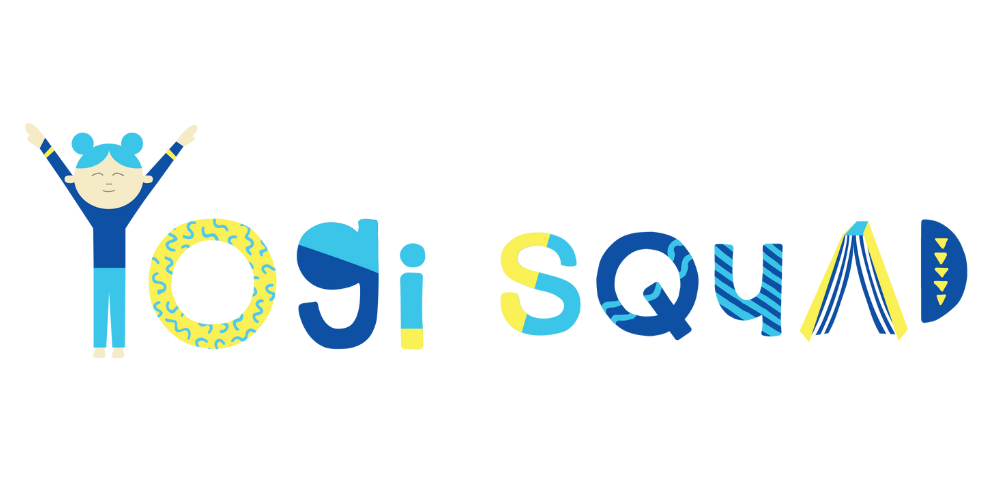Yoga mixed with literacy makes kids better
Yoga is a scientifically proven physical and mental practice that has been in existence for thousands of years. It has numerous benefits, some of which can be found here. But yoga and literacy? The integration of the two complement each other well, and make storytime a more dynamic and engaging experience that appeals to a variety of learners!
Yoga teaches children balance, flexibility, strength, stamina, coordination, and control. But it also creates connection; to one’s own body and to the community. When students are relaxed, social barriers can be admonished, and they are more likely to just be themselves. A study conducted by the Department of Kinesiology, Health, and Sports Studies at Wayne University found that “youth (that participated in yoga) were able to decrease both stress and bullying behaviors…”, improving the culture of the classrooms and overall positively impacting both the culture and performance of the school.
Achievement is so much more than academics. The social, emotional, cognitive, linguistic, and academic domains of human development are intricately intertwined in the brain and in behavior, and are all central to how we learn. We are not born with a set of predetermined social, emotional, and cognitive skills. These skills emerge, grow, and change over time. They build upon one another, but are completely malleable, making their inclusion in daily activities developmentally appropriate for children of any age. The Evidence Base For How We Learn Report produced by the National Commission on Social, Emotional, and Academic Development found that the “quality and depth of student learning is enhanced when students have opportunities to interact with others and make meaningful connections to subject material”. The incorporation of yoga and mindfulness breaks implemented throughout academic lessons would create the opportunity for learning experiences to be more meaningful to the students.
The connection of yoga and books becomes multi-sensory, creating the optimal environment for learning. Movement and music paired with books makes storytime more active, and learning less intense, more approachable, and fun. The combination makes the perfect ingredients for storytime! More importantly, children receive many literacy benefits from just listening and engaging with read alouds, through the support of their language, listening, and critical thinking skills.
As we grow, our bodies develop rhythm through practice and movement. But we can also develop rhythm through language. Rhythm is an essential component of both movement and language development in children. Language and movement are both ways the body and mind can communicate and show self-expression. Researchers are discovering that learning is easier, quicker and more long-lasting if lessons involve the body as well as the mind. Yoga develops positive body-awareness and social skills. When yoga is paired with storytime elements, we are supporting student literacy by finding creative ways to engage and connect students with our world. Combining the practice of yoga with academic concepts invites children to be physically engaged in participation, allowing personal connection and meaning to support and excel learning. Through the creative incorporation of selected children’s stories, books come to life with the movement and mindfulness of yoga.
The best benefits? Kids fall in love with books, reading, and physical activity!




